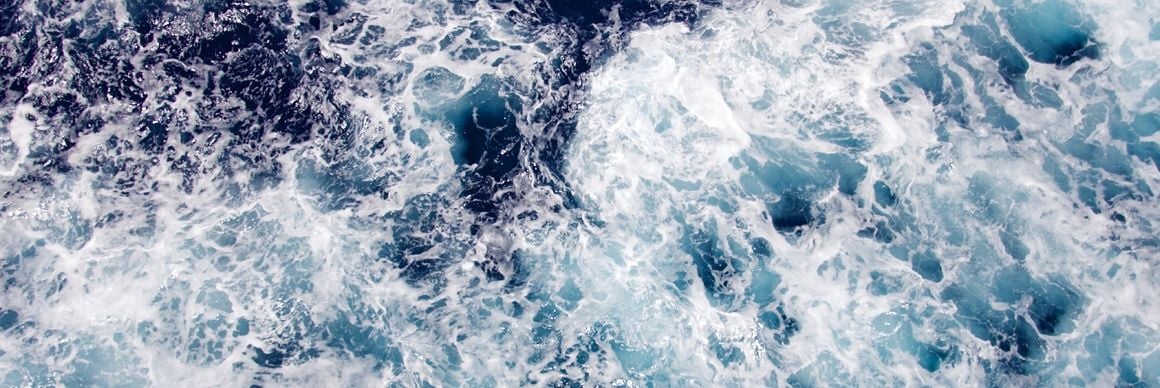Moved from here.
Anyone have any further info on these things? I personally would give up some efficiency for less salt content in the pool.
JamesW made an interesting comment in post #6 regarding lowering the salt concentration in the pool and setting a t-15 cell to a T9 in the software on the panel.
Anyone have any further info on these things? I personally would give up some efficiency for less salt content in the pool.
JamesW made an interesting comment in post #6 regarding lowering the salt concentration in the pool and setting a t-15 cell to a T9 in the software on the panel.
Last edited by a moderator:


